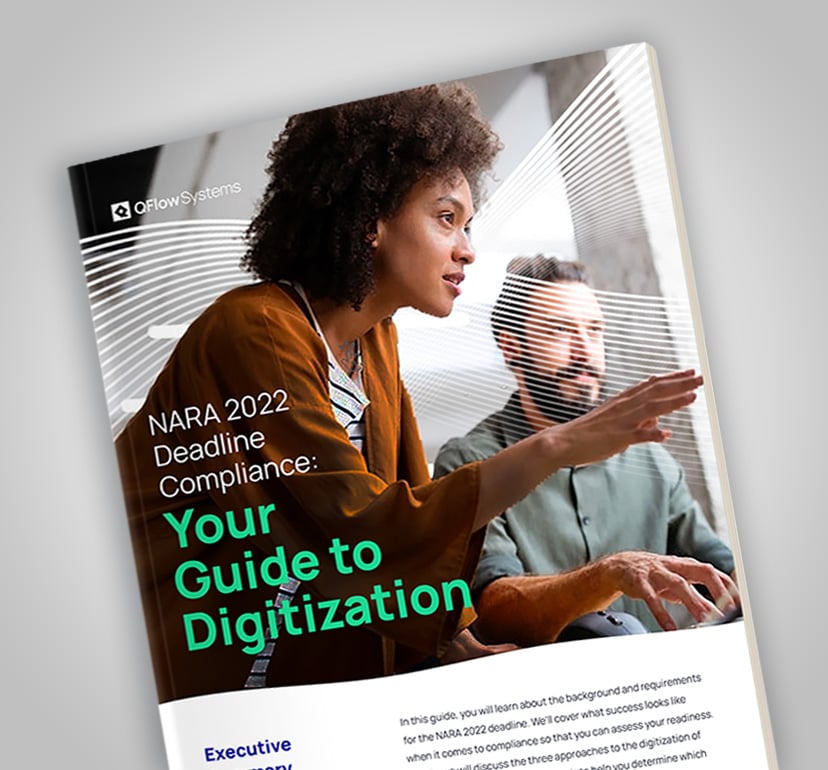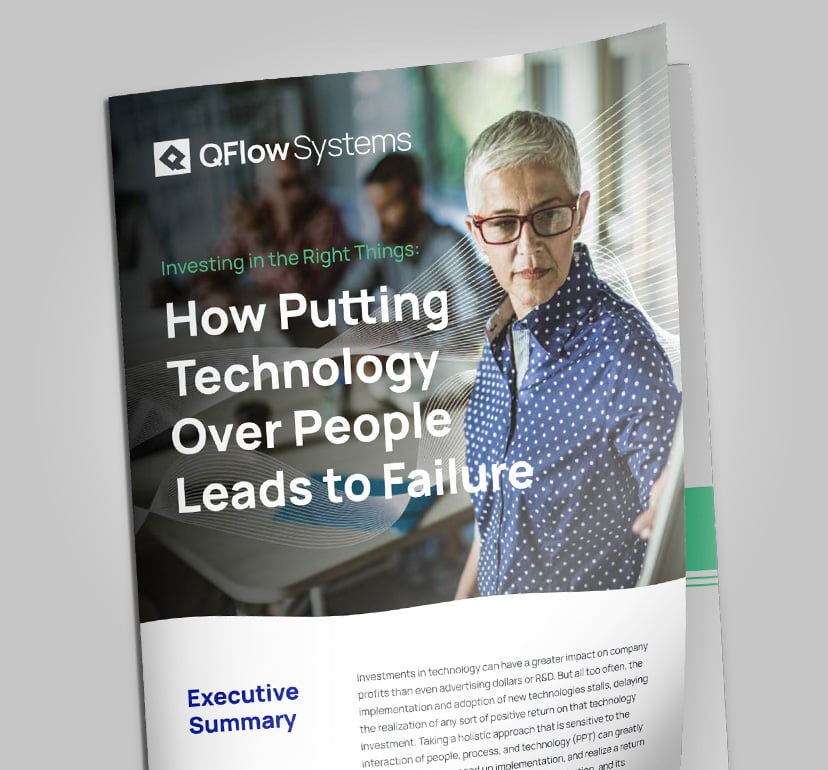Legacy Electronic Content Management System Out of Date? Making the Switch is Easy and Cost Effective
For many reasons (too many to list), leaders and managers are often hesitant to update aging or even utterly dysfunctional legacy systems. Concerns about cost overruns, downtime, training, and more outweigh the true advantages of making the right upgrades to newer technologies.
Technology infrastructure used to carry a heavy price tag. However, with cloud computing, those costs are often offset by the vendor. Today, the ROI for upgrades is even faster, thanks mostly to SaaS products that no longer require a massive upgrade in on-site machines. Today, digital transformation is intuitive, fast, and cost effective compared to out-of-date legacy systems and processes.
What the Data Says about ROI
Digitization typically gives way to faster and more efficient workflows. But, does it pay for itself? This MIT study from 2012 (fairly early in the transformation of cloud computing) cites that investments in new technology have a greater impact on a company’s bottom line than comparable spending on either marketing or R&D.
Setting up a new system, of course, is going to require a capital investment of some kind. It will also require taking a holistic approach to your workflows and potentially investigating and implementing new processes that require training and skill upgrades for your staff. However, the more important consideration, especially as more and more companies adopt digital transformations, is the ongoing opportunity cost to your organization. Delaying that transformation will eventually have an outsized impact on your bottom line.
Ideally, what should that process look like?
People, Process, and Technology (PPT) Frameworks
Not all technologies, even those that claim to address your core business, are going to be the right fit. PPT frameworks map how your processes, staff, and underlying technology systems interact so you can gain more efficiency for your workflows.
A misaligned process, for example, doesn’t get the most from technology and frustrates your people. The wrong piece of technology, even one that’s well designed, inhibits processes and workflows, alienating your staff, no matter how well they understand the technology. If your people don’t understand the process or the technology, you’ll never realize the full cost of your investment, delaying your ROI.
While this framework has been widely adopted for several decades, it’s not often used.
Why? Because the allure and promise of technology overshadows the importance of your employees and how they work. SaaS companies often promise the moon in the form of their single solution. However, the best-designed software may not improve your organizational productivity.
Put simply, without taking people and process into account, many platforms will only serve as a further encumbrance to organizational productivity.
The PPT Framework
| Who | How | What |
| People | Process | Technology |
| Leverage technology to execute the process | Becomes well-defined and automated with technology to reduce delays and errors | Automates processes and increases efficiency |
| Seek input to define the process | Gives people clearly defined roles, tasks, and responsibilities | Empowers people to do more valuable activities while taking mundane tasks off their to-do list |
Best Practices for Aligning Your People, Process, and Technology
To get the best and fastest ROI, there are natural steps to take before, during, and after you’ve made your investment in digital transformation.
Always start with your people. Spend plenty of time interviewing all of your stakeholders to get a 360-degree, holistic view of what they need from a new piece of technology. Before you replace your old systems, you should understand how your teams currently use existing technology. The more you do this, the more it will prevent oversights during the actual implementation.
Hold plenty of training and testing sessions. Do your people find the interface simple and easy to use? Does it include all the features they need? Did they get enough training on the new system before it’s pushed live? The more they feel heard and included, the more likely they are to adopt any new process.
Start with the most manual workarounds. Not sure where to start? First, focus on a use case that provides the most value the fastest. (Trust us. They’ll tell you right away!) You may learn that the invoicing system is giving folks the biggest headaches. Look for processes that have a high occurrence of manual workarounds and disrupt those as your initial priority. Work with your team leaders to implement those new processes and engage with them heavily to get the most from the first phase of the process.
Establish widely adopted feedback loops from everyone. When it comes to feedback, don’t stop with your leadership. Encourage ongoing follow-up and feedback from all your staff. That way, even if an issue pops up long after implementation, it’s addressed quickly. Often, those tiny issues can get remediated by the vendor as soon as they are aware of the bug or the issue.
Sometimes an issue is with a specific user and can be easily remedied by tweaking a setting. Whatever the issue, a constant feedback loop is one of the most important elements in a digital transformation and the best tool you have to keep process, technology, and people aligned.
Summing Up
Migrating your systems requires more than just licensing and adopting a new piece of technology. You are investing in an updated and hopefully upgraded segment of the organization’s network of activity. This is a tactical process that needs to be addressed specifically and almost surgically.
Considering the needs and experiences of all of your stakeholders early in the process helps ensure that everyone is ready to use the system for maximum value, faster.
At QFlow, we take the PPT framework seriously. We understand that, when you are buying a technology solution, you are also purchasing our expertise in the relationship between that technology and your people and processes. And we have seen, first hand, what happens at companies that purchase and try to implement technology without that approach.
QFlow Systems helps organizations digitize paper processes, storing and organizing your electronic content so you can easily search for, and find it, at any time. We also identify business processes that can be improved and streamlined. Our end-to-end document management and business process experts work with you from set-up and implementation to adoption, training and working with your team. We also provide ongoing support to keep your systems and processes running smoothly.
Want to learn more about QFlow’s document management, records management, and business workflow management solutions? Click here to schedule your free consultation.

